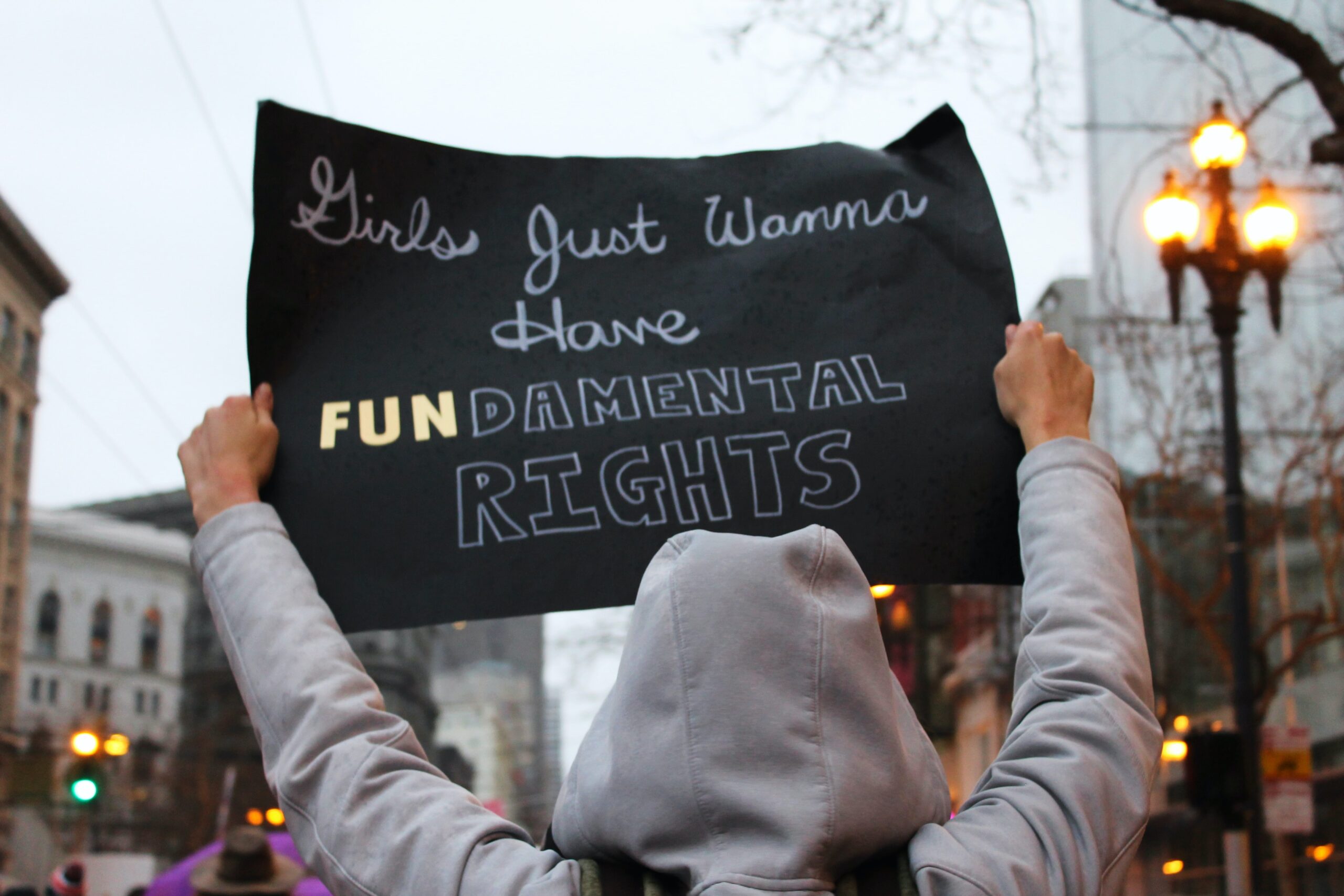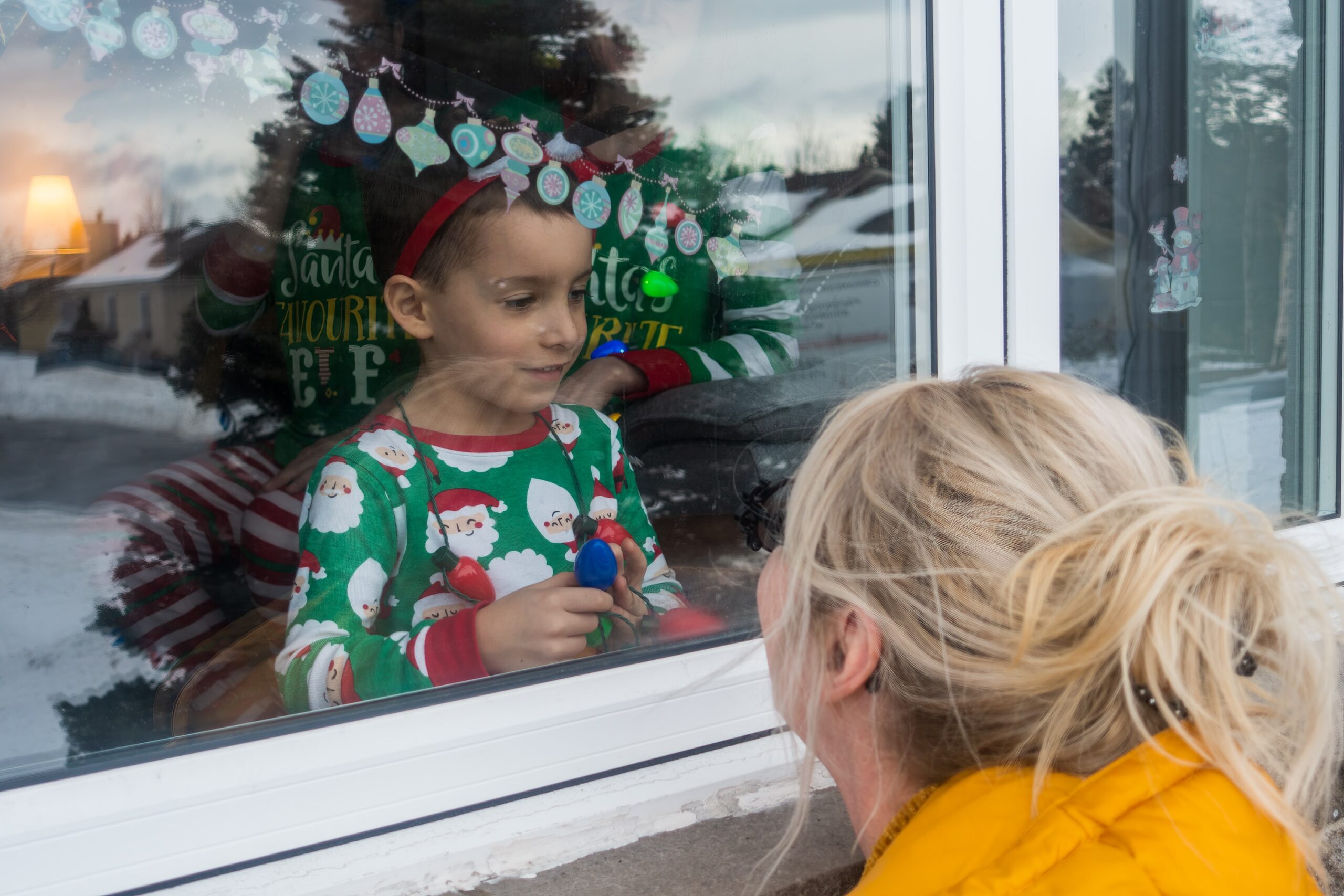Investing in women and girls in the pandemic and beyond
At the Women’s March in 2017, I saw hundreds of signs with messages like “girls just want to have fundamental rights” and “women’s rights are human rights.” In some ways, it feels like we have come a long way in the past four years: We watched the first woman take office as the vice president […]

At the Women’s March in 2017, I saw hundreds of signs with messages like “girls just want to have fundamental rights” and “women’s rights are human rights.” In some ways, it feels like we have come a long way in the past four years: We watched the first woman take office as the vice president of the United States. Two female generals were recently promoted to head four-star commands. But in other ways, it feels like nothing has changed.
Every day I see headlines about how women’s progress is threatened, how they’re bearing the brunt of the pandemic’s economic crisis and climate change. I have read these refrains dozens of times, and they all make one thing clear: Women are disproportionately affected by disasters.
Women are bearing the brunt of the economic crisis
Unlike previous recessions, the COVID-19 economic crisis has led to more employment losses among women than among men. Not only are they losing jobs, but as schools and daycare facilities remain closed, women are also bearing the brunt of the housework and childcare (including virtual learning) duties.
Last May, a survey found that working mothers reported spending 65 hours a week on unpaid labor. Whether due to losing their jobs or quitting to care for children, more than 2.5 million women in the United States left the workforce between February 2020 and January 2021.
The pandemic threatens women’s progress
According to the International Monetary Fund, “The COVID-19 pandemic threatens to roll back gains in women’s economic opportunities, widening gender gaps that persist despite 30 years of progress.” The longer women are out of work, the harder it is to return and move up to leadership positions. And as women in senior-level positions face burnout and struggle to cope with pulling double duty at work and at home, they are considering slowing their careers.
This means in the long-run fewer women will be in leadership positions. Time out of work also tends to lower earnings if and when women do go back to work, which could widen the existing gender pay gap for years to come.
Another shocking threat to gender equality: UNESCO estimates 11 million girls may not return to school due to COVID-19. Education is the key to brighter futures and greater opportunities. Without it, girls face an increased risk of adolescent pregnancy, forced marriage and gender-based violence.
Climate change impacts women more than men
As climate change fuels disasters like flooding and droughts worldwide, women are disproportionately affected. According to UNDP, 80% percent of people displaced by climate change are women— and more likely to experience poverty, making it difficult to recover.
There is also growing evidence that suggests climate changing is fueling gender-based violence. When disaster strikes, caregiving responsibilities may prevent women from evacuating, rigid gender roles may mean women and girls don’t know how to swim to safety and, during recovery, women and girls may have to work harder to support their families – lining up for relief supplies, traveling farther to find water or fuel, etc. – forcing them to drop out of school or quit their jobs.
So, given this bleak outlook, what can we do?
Invest in women and girls
1) Make women’s rights central to COVID-19 recovery. On average, women still have only three-quarters of the legal rights afforded to men and continue to earn less than men for the same work. Supporting women’s rights and legal equality ensures that women have the chance to recover equitably from the pandemic and be better prepared for future disasters.
According to the World Bank’s Women, Business and the Law 2021 report: “The importance of legal equality is not limited to disaster preparedness or mitigating the effects of a pandemic. When women are given the same opportunities as men, they enter and remain in the labor force, strengthening economies and enabling development.”
2) Fund girls’ education. Education improves girls’ lives, gives them the tools necessary to be more resilient to disasters and empowers them economically and politically. It also has the long-term benefits of decreasing inequality and strengthening economies worldwide. In a recent article, Ugandan climate justice activist Vanessa Nakate explained how universal education could also help us combat climate change: “Educating girls, together with family planning, is listed by Project Drawdown as the fifth most impactful solution we have, if we want to limit global heating to 1.5C. The climate change mitigation project calculated that taking steps toward universal education, as well as investing in family planning in low and middle-income countries, could result in a massive reduction in emissions of 85.42 gigatons by 2050.”
3) Support programs and organizations specifically focused on women and girls. Fund gender-specific programming that addresses the unique needs of women and helps build their ability to withstand and recover stronger after a disaster. While programs do not necessarily need to be women and girls only, they do need to have a very clear focus on gender-based needs. Our COVID-19 Response Fund has awarded several grants to organizations working to support women and girls, including Feminist Humanitarian Network, Marie Stopes International, GOAL, HIAS and Relief International.
I firmly believe that we can build a brighter future for everyone by investing in women and girls. To learn more about supporting women, check out our Women and Girls in Disasters issue insight.
More like this

Supporting disaster recovery with a women’s or gender equity lens


